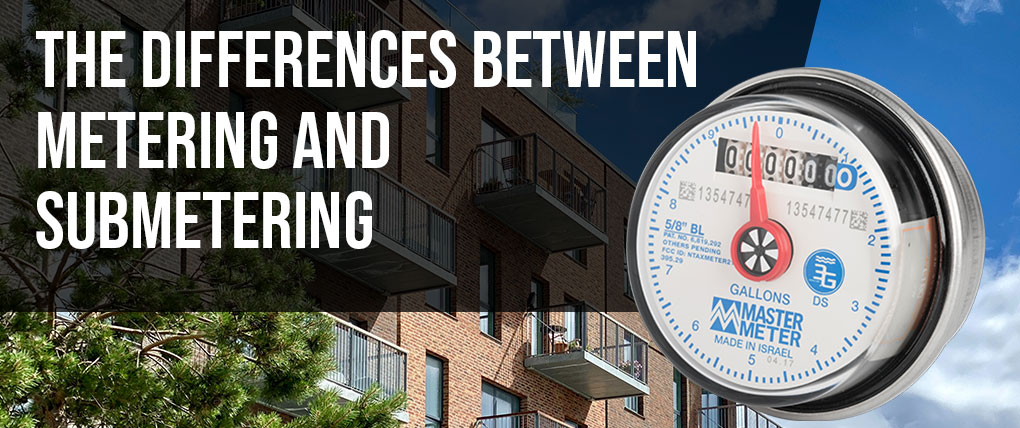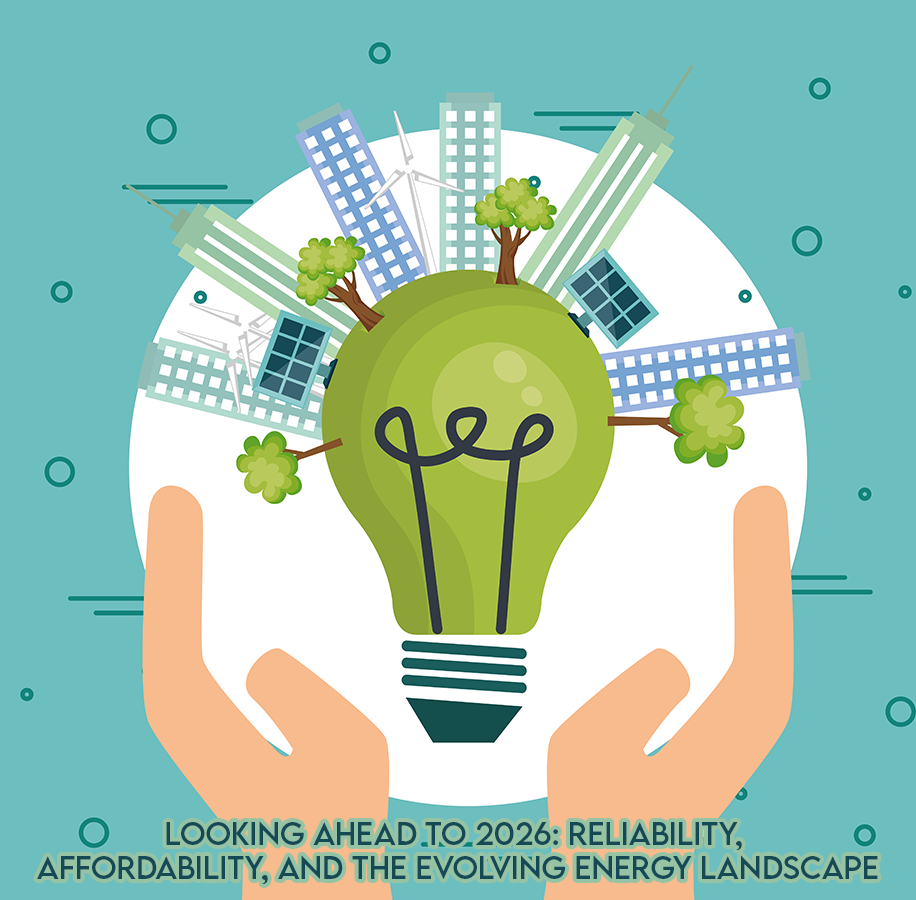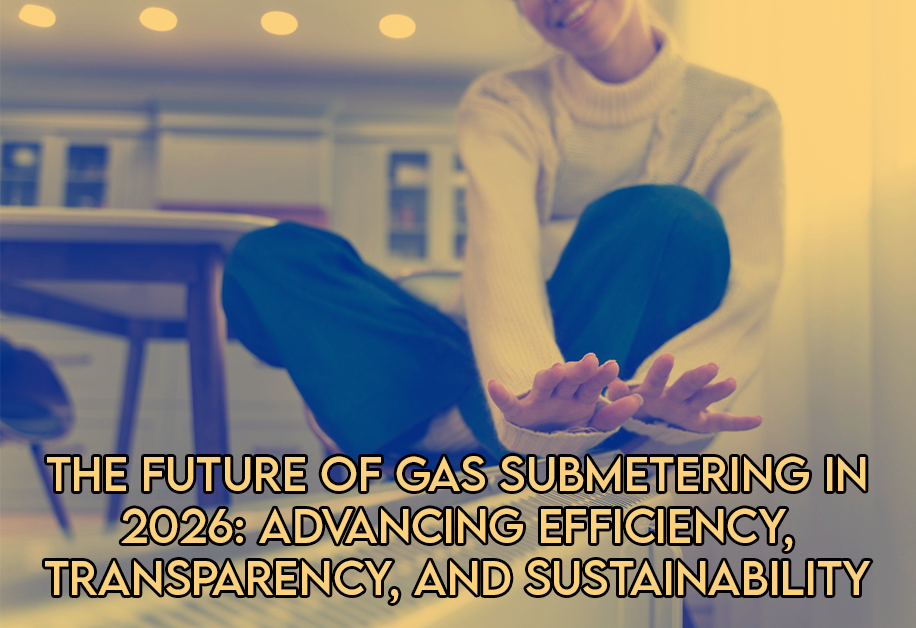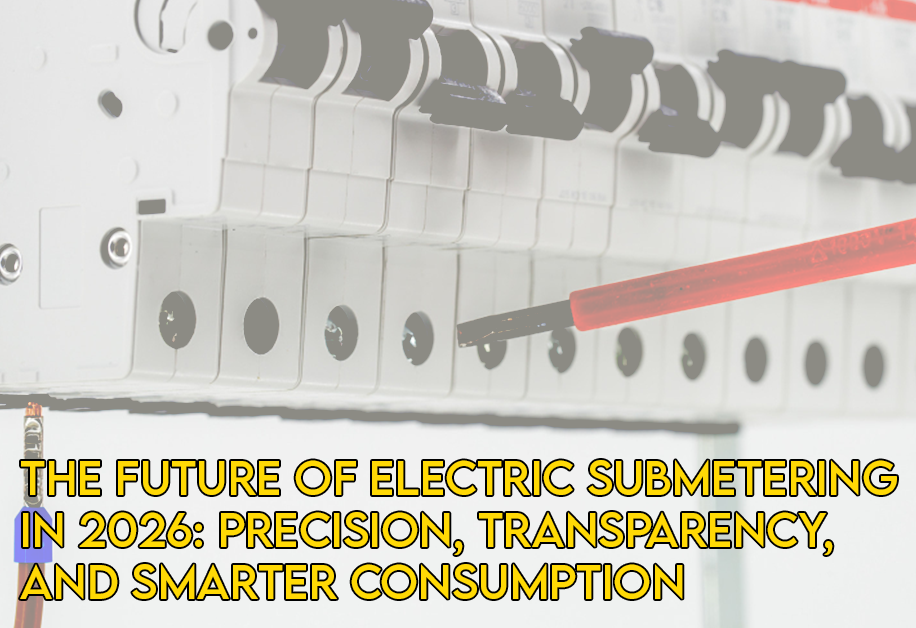
Property Managers Learn To Save 20 to 40% By Switching To Think Utility Services Submetering
February 8, 2022
2022 CAI South Gulf Coast Tradeshow And Free Lunch – Fort Myers FL
March 16, 2022The Differences Between Metering and Submetering?
While metering is an effective way to understand your overall building or facility energy bills, you must know the differences between metering and submetering and why submeters are required to measure specific outcomes and energy efficiencies.
What Is Building Metering?
Building meters measure the energy delivered from the utility into your multifamily building. These meters are called metering or utility metering. The locations of building meters can vary depending on your geographic region.
What Is Submetering
Submetering allows property owners and managers to fairly assign gas, water and electric costs to individual units within multifamily buildings, homeowners' associations, developments, RV Parks, and more. This process is designed to help landlords better understand how utility submetering works, the different types of utility assigned options, and how to choose an outsourced submetering company.


The difference between meters and submeters is their purpose and placement. The building meter is measuring energy for the utility and your utility bill (i.e., the utility meter on the side of your building). When you meter energy inside your building or facility, that breaks down your building or facilities’ energy into categories; that is submetering.
Billing and Collection Differences
Billing and collection is another differentiating factor between master and submeters. The local power company gives the building management a monthly bill for usage recorded on the master meter. To recoup this expense, management then assesses each tenant or homeowner his fair share of the total utility expense according to the readings registered on their respective submeters. Energy conservation is encouraged with submetering as people become more aware of their consumption patterns as opposed to a flat rate cost structure for unlimited electricity usage.




